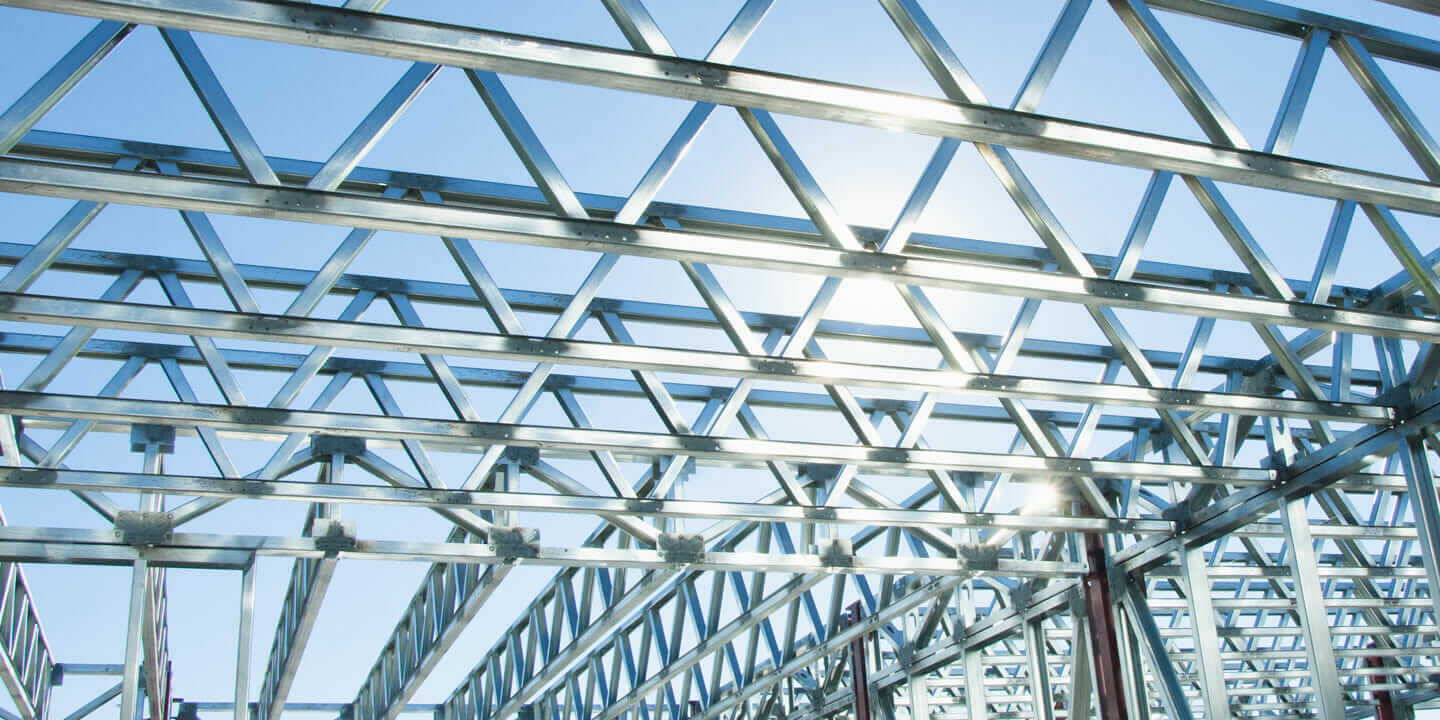Steel, owing to its strength, affordability and ease-of-production, has been the
most dominant Iron alloy and has been mechanizing our industries for several
decades now, replacing other Iron compositions. However, even Steel, the
backbone and lifeblood of our Civilization, is evolving along with newer
technologies and necessities. Polymers have been on the forefront of materials
technology, along with certain other, more expensive, metals revolutionizing
industries. Steel, however, is not far behind.
Scientists are discovering newer concepts and techniques to make the Iron alloy
better, lighter and stronger.
And so, scientists have developed a new way of producing Steel by alloying it
with Titanium, a metal extensively consumed by mission critical industries such
as Aerospace. Titanium is the ninth most abundant metal in Earth’s crust.
The Concept
Material scientists at Pohang University of Science and Technology announced a
major breakthrough of forming a latest type of flexible, ultra-strong, lightweight
titanium steel.
This new alloy has a strength-to-weight ratio comparable to the toughest
tempered titanium alloys. But since Titanium is in a leaner proportion, it,
reportedly, comes at one-tenth the cost of making Ti alloys.
The researchers claim that the new alloy can be used extensively in Automotive,
Aerospace, Construction and allied fields.
What Makes It Steel-Titanium Special
In the 1970’s, Soviet-era researchers discovered that adding aluminum to Steel
makes the latter an incredibly strong and lightweight metal. But there was a
problem – brittle fracture. Although the fracture occurred at very high limits of
force, it would break rather than bend (bent steel is less problematic) beyond
that limit.
This brittleness is because when alloying aluminum and Steel, many atoms in the
two elements would inevitably fuse to form tough, crystalline structures that
would break beyond a limit.
The idea here is to add elements that would prevent the crystalline structure
from splintering.
The effort taken by the scientists involves heat-treating and then thin rolling the
aluminium steel to control when and where the crystals were forming. The team
also discovered that adding a small percentage of nickel offered even more
control over the properties of the crystalline structure.
The South Korean team claims that adding Titanium atoms to the aluminium
Steel alloy prevented the formation of crystalline structures altogether as higher
temperatures were involved. Upon reaching a certain limit, the new material
would now bend rather than break, thus avoiding brittleness entirely.
The new alloy is also 13% less dense than steel, making it lighter and thus higher
in strength-to-weight ratio.
Challenges
But before it can be large-produced, researchers must confront a major
production issue – steelmakers currently use a silicate layer to cover and protect
mass-produced Steel from oxidation and contamination. But the same silicate
cannot be used to mass-producing the new steel-titanium alloy as silicate has a
tendency to react with aluminum at lower temperatures. A new protection
method is in way.
Conclusion
The results achieved by the researchers at Pohang University have opened the
floodgates to other, newer super-steel alloys.
If you are looking for TEKLA TRAINING IN KOCHI or, please feel free to
contact us, The authorized Tekla training centre in Cochin. Drop a call in +91
9645221333, +918590847527or kindly visit our
website.www.keyworstech.in


